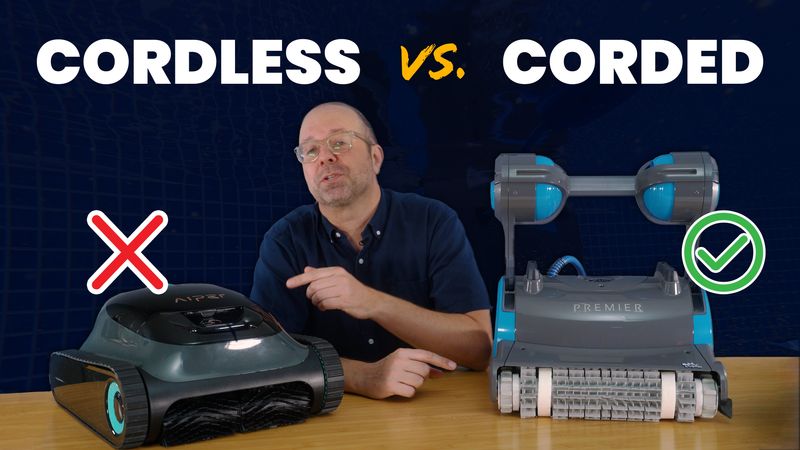Hey there, I’m Justin, your resident pool aficionado. Today, we’re diving into one of the hottest debates in pool tech: corded vs. cordless pool robots.
Now, I know those cordless pool cleaners look pretty tempting in those fancy ads. Trust me, I get it. But let me tell you something—when it comes to keeping your pool spotless, the corded robotic cleaners are still the way to go. And there's a good reason that all commercial pool robots have cords.
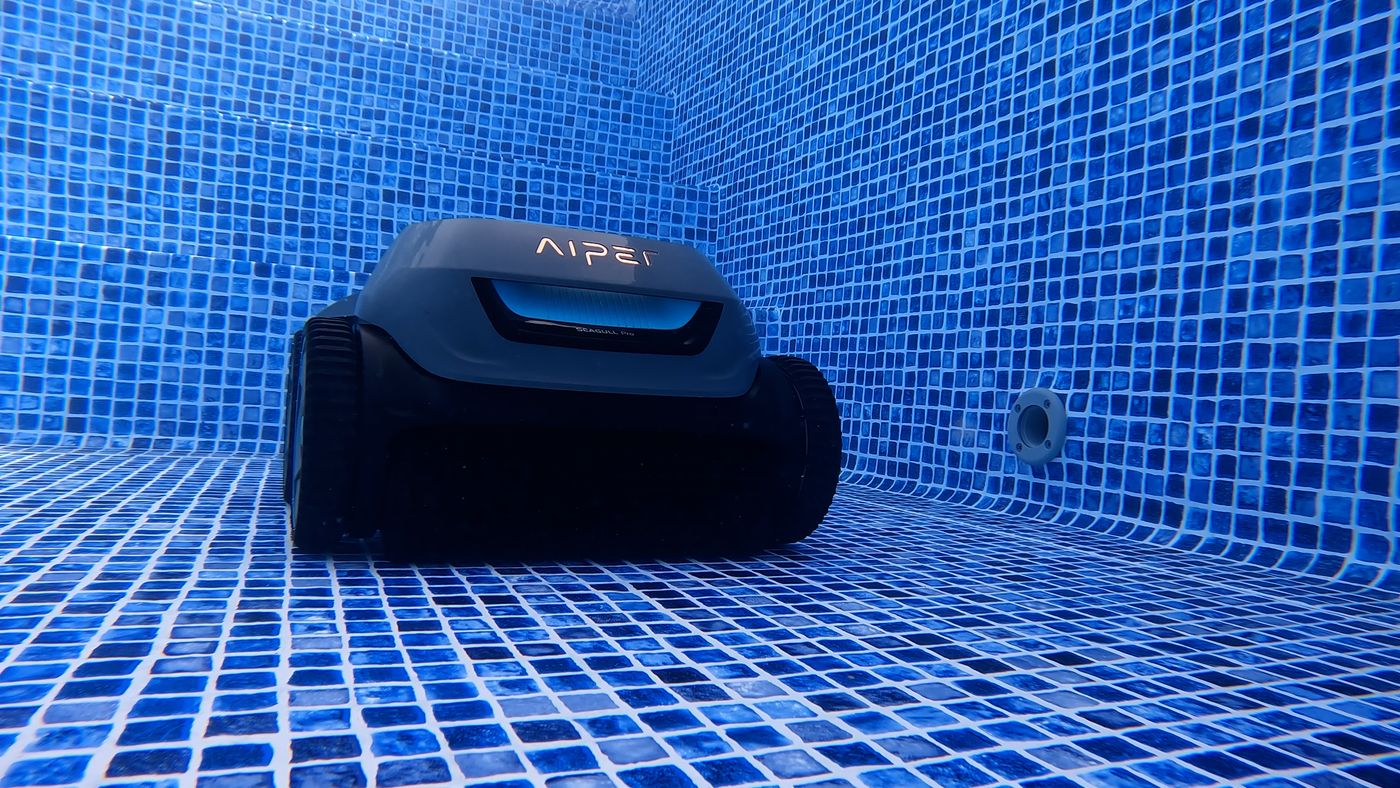
From alleged house fires to constant recharging, I’m going to let you know why corded pool robots are a far better option.
Suction Power: The Real Muscle Behind Cleaning
Let’s start with what matters most: cleaning power. Cordless robots typically deliver around 1,300 gallons per hour (GPH) of suction, which sounds impressive until you compare it to corded models, which offer up to 4,500 GPH—more than three times the power!
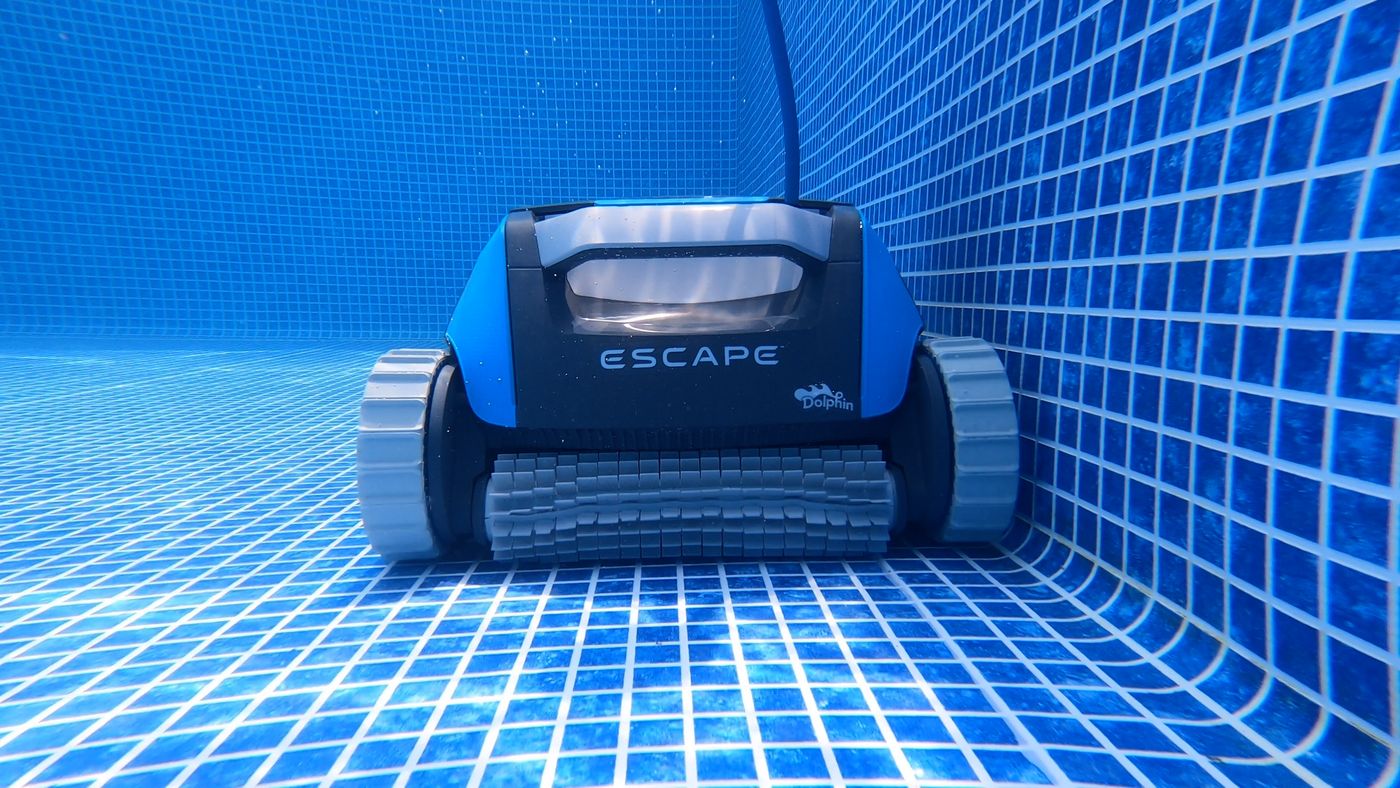
For those stubborn leaves, gritty sand, and mysterious debris that always find their way into your pool, corded robots provide the muscle you need for a deep clean. A proper clean requires a minimum flow rate of 4,000 GPH, and cordless models always fall short, making it impossible to thoroughly clean any pool. Don’t even think about trying to clean large pools with a cordless robot.
Filtration: Why You Need a Real Filter
Here’s what a lot of cordless pool robots don’t tell you—they don’t include a true pool filter. They use a plastic mesh filter screen with holes that are too large to capture small debris. While that design is great for extending battery life due to low resistance, you may want your robot to pick up more than just the easy stuff—which is why I recommend NanoFilters.

If you’ve watched my top robotic pool cleaner video, you’ll know why I love these filters. They have deep pleated ridges that allow them to capture dirt, debris, and other microscopic particles that pass right through other filters. NanoFilters make a huge difference in water quality.

But cordless robots lack the suction power needed to support microfilters or NanoFilters, as these filters require extra power to push water through. So, you won’t find them in any cordless models. For pool owners, these filters are a must-have—I wouldn’t own a pool robot without them.
Battery Limitations: Technology Hasn’t Caught Up
Cordless robots might sound convenient, but they’re actually just a major hassle. Picture this: every morning, you go outside, put the robot in the pool after it’s charged, then come back later to pull it out when it’s done. And you’re doing this every single day. That means hauling the robot in and out of the pool twice a day—no option for automation, no Weekly Smart Timer like you get with a corded model. It’s a lot more work than it needs to be.
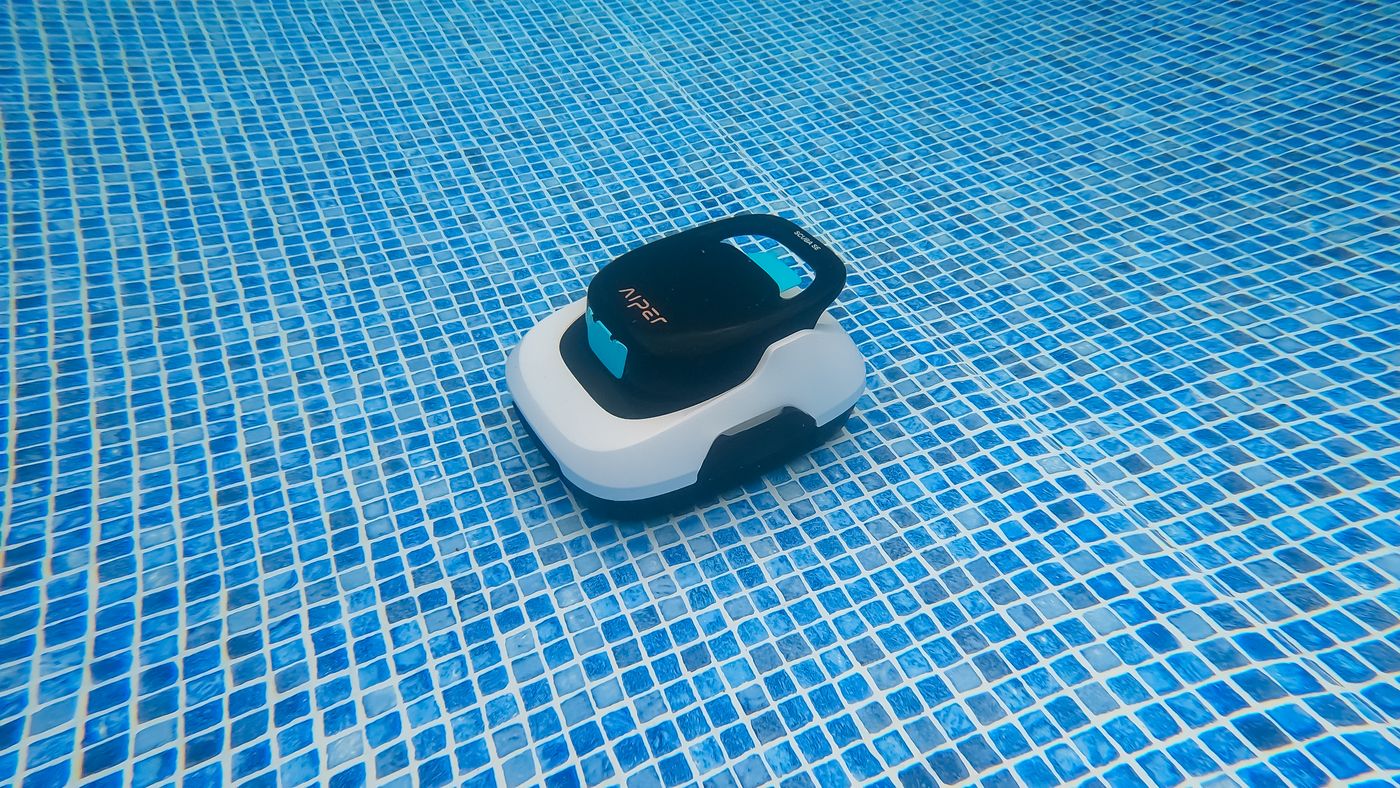
With a weekly smart timer, the robot just starts up and cleans all on its own—no effort needed. You only have to step outside once a week to empty the filter. I couldn’t imagine owning a pool robot without one.
The reality is that battery technology just isn’t up to the demands of pool cleaning yet. Most cordless models have weaker motors and limited suction, so they can’t deliver the consistent clean that a corded robot can.
True Automation: Convenience Without Compromise
Corded pool robots excel in true automation. Once set up, they’re ready to clean at the press of a button and can even be scheduled to clean every day. The convenience is unbeatable: no daily retrieval or recharging.

Cordless robots, however, require manual retrieval and daily charging, defeating the purpose of a truly hands-off cleaning experience. If you’re looking for a set-it-and-forget-it solution, a corded pool robot is the clear winner.
Safety First: Eliminating Fire Risks
Safety first, right? I simply can’t trust a cordless pool robot after what I saw online a few weeks ago.
There’s a hidden risk in cordless pool robots that has been popping up a lot lately. The lithium-ion batteries used in cordless models, like the Aiper Seagull Pro, have unfortunately been linked to major safety concerns, including alleged cases of overheating and even fires.

Just this October, a particularly alarming incident occurred where an Aiper cordless pool robot allegedly caused a house fire while charging. The whole event was posted online by the YouTuber, and let me tell you – it is concerning.
And this isn’t the first time. The Aiper Elite Pro was recalled back in August 2023 for fire and overheating risks.
When you choose a corded pool robot, you completely eliminate the risk of lithium-ion battery fires. There’s no potential for overheating, no worry about thermal runaway, and no need to think twice about where to store your cleaner while it’s charging. It’s a safer, more reliable choice.
Built to Last: The Durability Factor
Durability is another area where corded robots outshine cordless models. Corded robots are designed for long-term reliability, using higher-grade materials and time-tested components.

On the flip side, cordless models—especially those at the lower end—often have cheap lithium-ion batteries that degrade over time. The result? Shorter run times, weaker suction, and ultimately a shorter lifespan—not to mention the fire risk. With a corded cleaner, you get the same power and performance on day 1,001 as you did on day one.
Best Pool Robots
So, maybe you’ve decided to go with a corded pool robot – what do I recommend?
Well, after testing nearly all the top pool robots for years, here are some quick picks for you.
Dolphin Cayman

One of my top recommendations is the Dolphin Cayman. While it isn’t as powerful as the Dolphin ProLine’s Premier and Sigma, it is a great value. It has everything a cordless pool robot is missing: a MaxBin for easy top-loading cleaning, Weekly Smart Timer for daily automatic cleaning, and even an option for NanoFilters for a deeper clean.
While it starts in the mid-700s, you can even find certified open box robots for a few hundred dollars off – make sure to go to ThePoolNerd.com/deals for the best deals on all the top robotic pool cleaners.
But what if you want the best of the best? That’s when you need a commercial-grade cleaner: The Dolphin ProLine.
Commercial-Grade Pool Cleaners
For pool owners seeking the highest level of cleanliness, you’ll want a commercial-grade robotic pool cleaner – like one from the Dolphin ProLine.
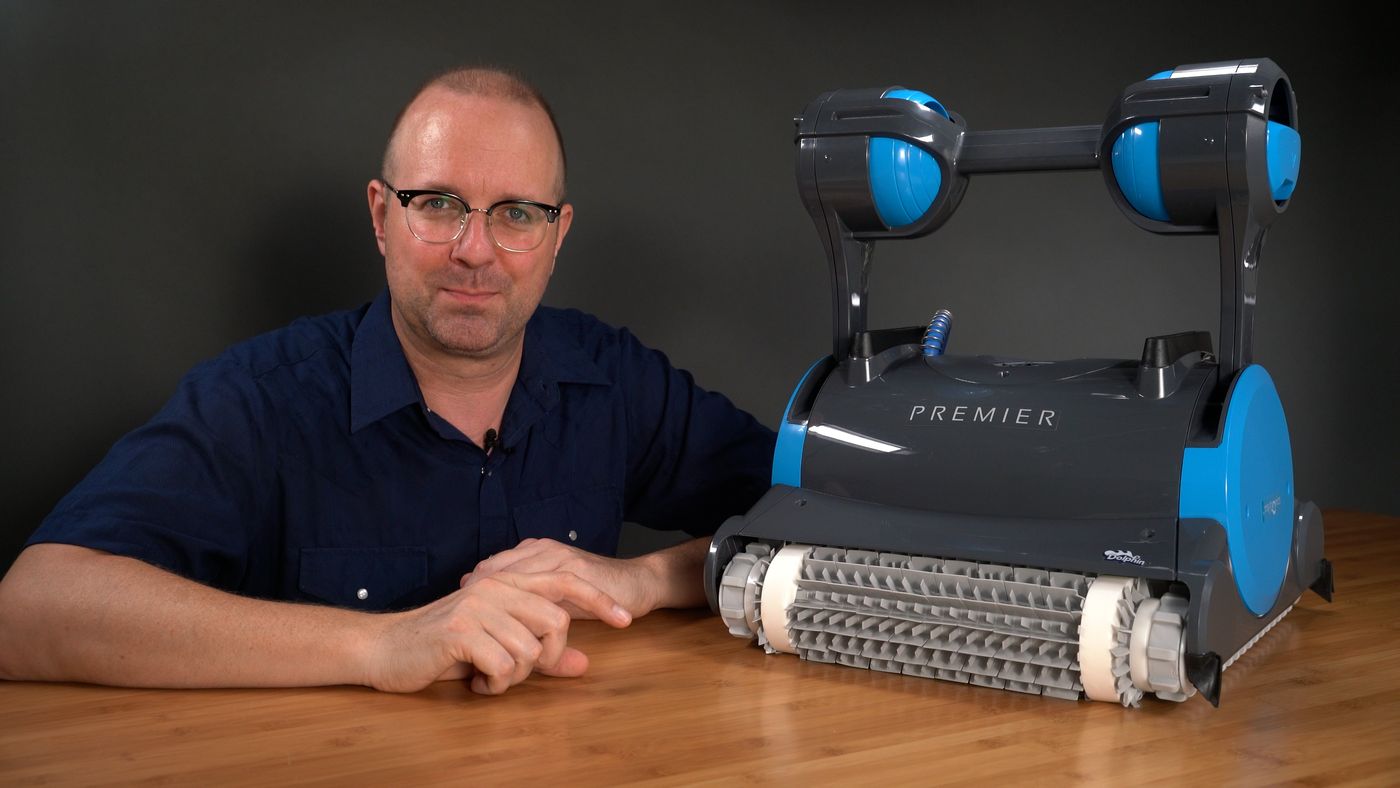
They offer superior power and suction thanks to larger, more efficient motors. Combine this with weekly smart timers and NanoFilters, and you get one of the most powerful pool cleaners I’ve ever tested.
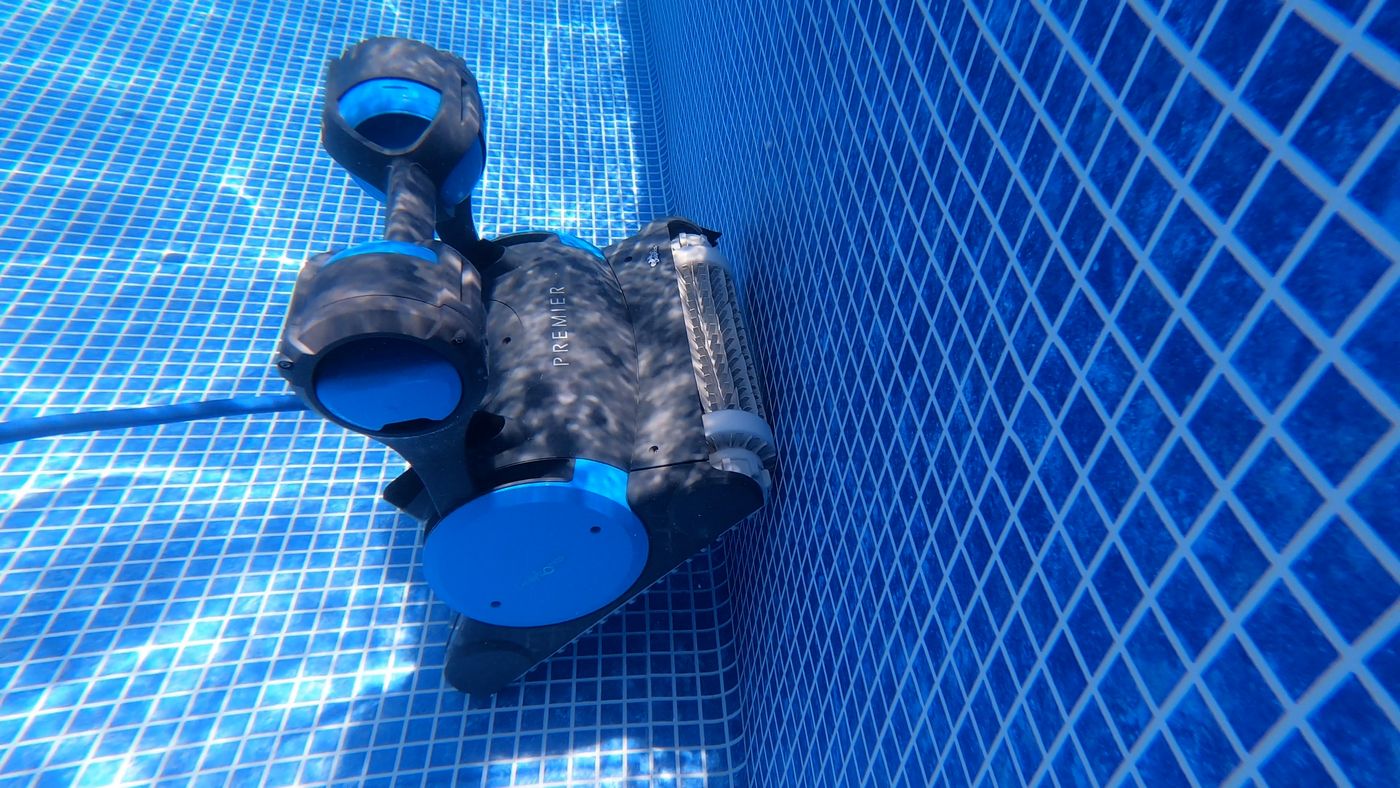
Both the Dolphin Sigma and Dolphin Premier made my list for the top robotic pool cleaners of the year. I loved the hands-off approach of setting the weekly timer, putting in the NanoFilters, and watching them go to work.
The Bottom Line: Why Corded Robots Still Reign Supreme
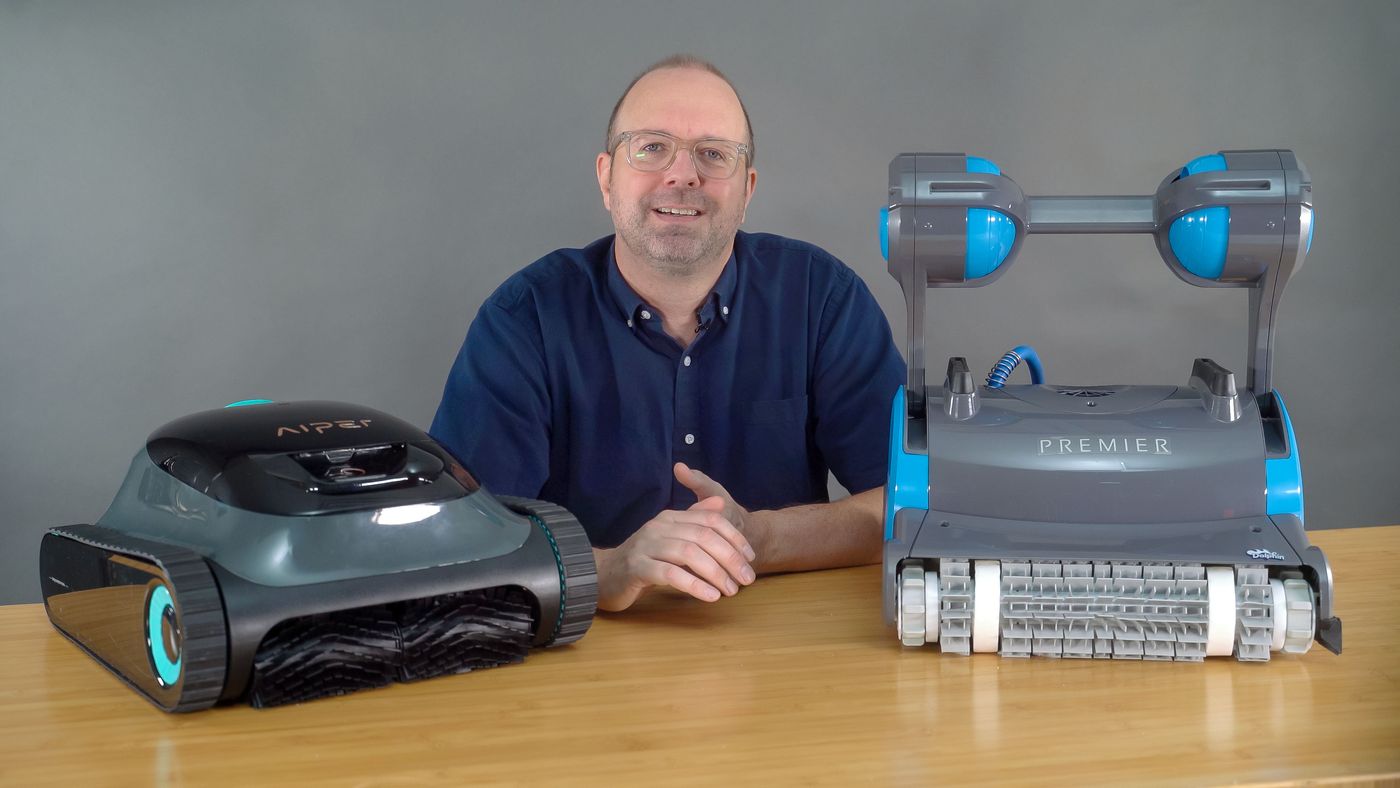
Cordless pool robots might seem tempting with their lower price tag, but they just can’t match the performance, reliability, and overall value of corded models. With a corded cleaner, you’re getting:
- Stronger motors and better suction power
- Higher build quality
- Uninterrupted cleaning—no charging hassle
- No fire risk from lithium-ion batteries
- Consistent performance, year after year
Investing in a pool cleaner isn’t just about keeping your pool looking good; it’s about making life easier. Corded robots deliver unbeatable power, durability, and truly hands-free cleaning. If you’re serious about owning the most powerful pool robot, a corded model is the only way to go.
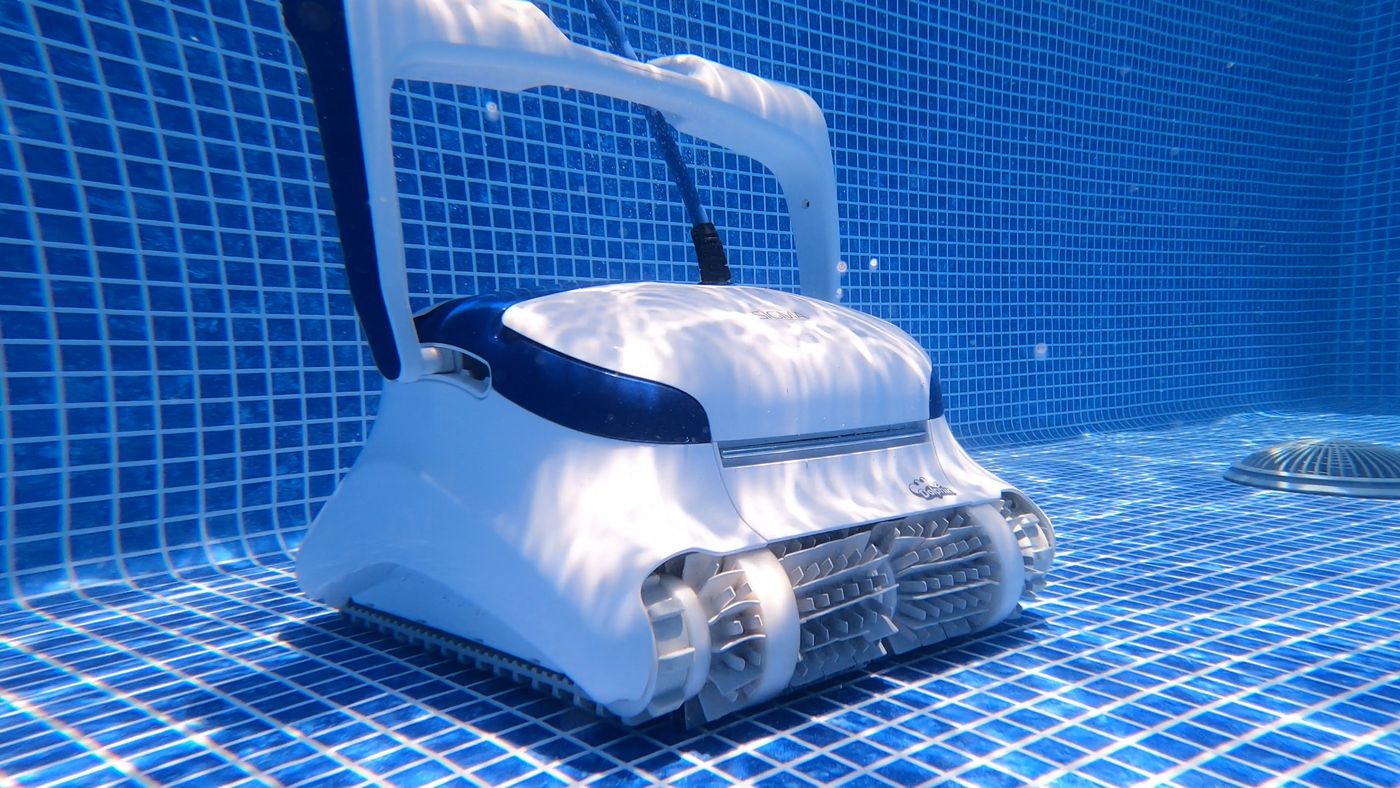
If you wanna keep nerding out over your pool, head on over to my deals page at ThePoolNerd.com/deals, where I post the best deals on robotic pool cleaners and other pool equipment.
Your resident pool aficionado.
For over 5+ years, The Pool Nerd has been a leading source in the swimming pool industry. With years of experince owning a swimming pool, our hope here is to guide and help making owning a swimming pool easier.
